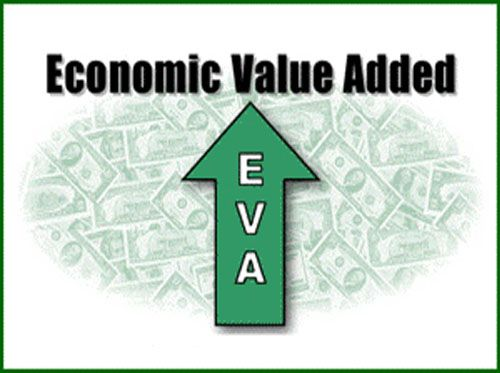Introduction
EVE, or expected value of earnings, is the net present value of future cash inflows to a bank. This is the most detailed description of EVE. Changes in the bank's economic worth can be measured using this computation, which is performed as part of asset-liability management. In contrast to net interest income (NII), which indicates short-term interest rate risk, this economic indicator that looks at long-term trends is used to determine how much of a risk is associated with fluctuating interest rates.
The Economic Value of Equity (EVE) Indicator is utilized by financial institutions so that they may effectively manage their assets and liabilities over the long run. It is valuable information that can be utilized when calculating the net present value of the financial institution. In addition, it is utilized in the risk assessment process, notably in evaluating the probability of unfavorable shifts in interest rates. Here you’ll learn about the article Equity Economic Value (EVE): what is it?
General EVE Overview
Cash flow calculations involve deducting the current value of all expected cash flows from a company's liabilities and assets before estimating the economic worth of equity. When determining how sensitive total capital is to shifts in interest rates, this value estimates the total capital employed in the calculation. It's possible that financial organizations will use this statistic to model how fluctuations in interest rates will impact their total capital stock.

Interest rates are significant when estimating the actual value of a bank's assets and liabilities. A bank creates models with all of its assets and liabilities to forecast how a change in interest rates will affect its overall capital. Financial institutions rely on risk analysis when conducting stress tests and preparing for the uncertain future of interest rates.
A stress test EVE is a method that is widely used to calculate the effects of changing interest rates. US banking regulations require regular examination of EVE, and the Basel Committee on Banking Supervision advises stress testing all interest rates by a margin of plus or minus 2%.
The financial value of equity has no bearing on a bank's profit and loss statement. A rise in interest rates may increase a bank's earnings. However, there is a relationship between EVE and a bank's profits. Therefore a higher EVE suggests a higher possibility for future profits from the stock base.
EVE's Boundaries
A bond's net present value is easy to calculate, but because bank accounts and other financial instruments with no expiration have uncertain durations and uneven cash flows, measuring their future cash flows can be more difficult. The modelers of EVE must make assumptions for several liabilities that may not hold in reality. In addition, modeling integrated alternatives for complex items is challenging since EVE is a comprehensive computation, and it gives a lot of room for interpretation and subjective judgment on the part of modelers or their superiors.
Importance of Economic Value of Equity
The financial value of stocks and shares must be monitored for various reasons. Some of them are:
- A measure of actual risk: The economic equity value of a corporation represents the genuine level of risk involved in maintaining operations. This is also useful since interest rates are a benchmark in the financial and economic sectors.
- Importance in the banking world: The financial industry is betting a lot on EVE. This indicator evaluates the bank's exposure to interest rate risk. The rationale is that market interest rates are inextricably linked to the assets and liabilities of banks.
- Long-term measure: In the long run, a company's intrinsic value is always reflected in the market price of its equity. Two advantages are the ability to estimate long-term data more accurately and make informed business decisions.
- Sheds light on future financial capacity: The EVE measures a bank's or financial institution's resilience to short-term economic shocks like interest rate fluctuations and long-term financial health.
- Promotes prevention through: Due to historical data on interest rate variations, organizations can better prepare for future adverse effects.

Conclusion
Even if banks and other large financial institutions utilize EVE extensively, other companies should also start using it. Researchers should use caution as well. A corporation can install a safety valve to shield it from market risks and an uncertain interest rate outlook by setting risk boundaries, monitoring them, and understanding the value changes that come with interest rate movements and how they'll affect their financial status.




